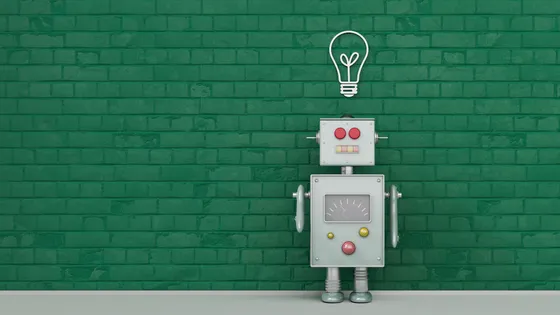1. Initial reflexion#
Artificial intelligence is a true technological revolution. It generates a lot of concerns and fantasies. But how was it born? And how did it manage to establish itself? Listen to the Cédric Villani podcast on France Culture [Villani, 2024].

Fig. 1.1 (C) France Culture 2019: l’intelligence artificielle en question#
Moravec’s Paradox (Roboticist) :
This paradox deals with the often mistaken fact that it is the logical problems in the field of Artificial Intelligence that are the hardest to solve, and that simple day to day activities like facial recognition, and hand-eye coordination that are the easiest and can be easily implemented.
What it means is that day to day activities like speech perception, facial recognition, and motor activities are actually harder to implement in Artificial Machines than making a machine play chess or carry out any other activity that requires logic and computation.
2. Introduction and E-book content#
The objective of this course is to be able to use a machine learning approach applied to the treatment of mechanical problems. The adopted perspective is to present the machine learning approach from a numerical methods point of view (using applied numerical methods) rather than from a statistical point of view, which is mainly used by data scientists.
This E-book is divided intro 2 parts:
2.1. Part 1 Course Content#
2.1.1. Introduction to Machine Learning#
Introduction to AI
Introduction to Machine Learning
2.1.2. Mathematical Basis of AI algorithms#
Minimization methods for Machine Learning
Minimization for machine leraning
Lecture notes for students
2.1.3. Overview of Machine Learning Algorithms#
AI Algorithm for supervised regression
Main AI Algorithms
Lecture notes for students
2.1.4. Use of AI Libraries#
Methodology and use of AI libraries
2.1.5. Time series data processing for machine learning#
Recurrent Neural Networks: RNN and LSTM
Time series
Lecture notes for student
2.1.6. AI/ML Computing#
Software is the key of AI, but knowledge of the underlying hardware is extremely important to run the software efficiently
multi-threding
use of GPU
2.2. Part 2: Practical works#
Practical work: introduction
Practical work: prediction of mechanical properties
Practical work: machine learning for shock propagation
Prediction of the movment of the double pendumum
Pratical work: meteorological prediction
